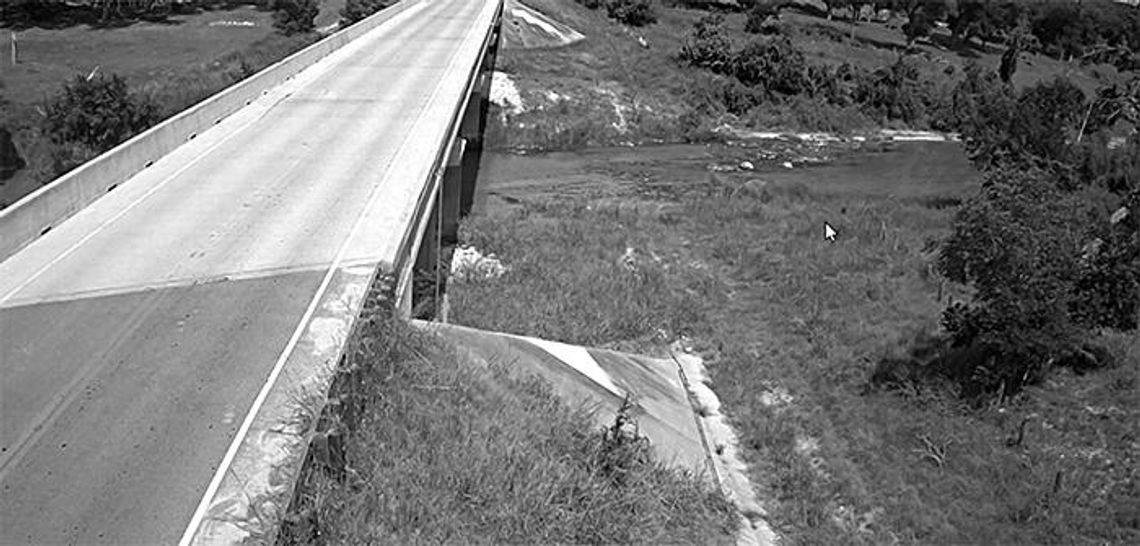Nine days after the catastrophic flooding on Memorial Day Weekend five years ago, the issue was raised in the Hays County Commissioners Court — can we dam the Blanco River?
It had been talked about for years, Pct. 1 Commissioner Debbie Gonzales Ingalsbe said in 2015, when the death and destruction the raging Blanco had brought May 23-24 of 2015 was still fresh in everyone’s mind. “It may be necessary to have those discussions again,” the longtime commissioner had suggested on June 2, 2015.
The Blanco, which joins the San Marcos and then the Guadalupe, is only about 87 miles long but is the longest river in Texas with only one dam. As development in western areas of Hays County replaces more natural areas with pavement, downstream communities are even more at risk for devastating river rises.










